2015 Morey-St Denis, Clos des Monts Luisants, Très Vieilles Vignes, Domaine Ponsot, Burgundy
About this WINE
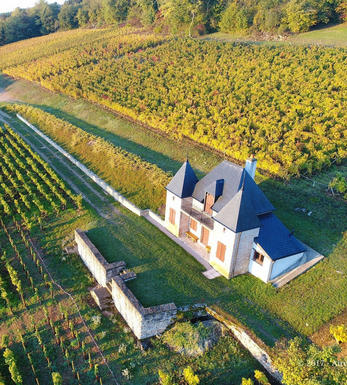
Domaine Ponsot
There is history of innovation here with it being one of the first Domaines to practise estate bottling in the 1930s, and perhaps more significantly the Ponsots were among the first growers to understand the importance of clones and clonal selection - many of the most important Pinot Noir clones originate from their vineyards.
The first Ponsot on the scene was William, originally from St Romain but on returning from the Franco-Prussian war he settled in Morey St Denis in 1872 and bought vineyard land including the Clos des Monts Luisants. He was succeeded in 1920 by his cousin and godson, Hippolyte Ponsot, who was joined by his son Jean-Marie in 1942. Jean-Marie, long-time mayor of Morey, ran the business from 1958 until the early 1980s when his son Laurent, currently the man in charge, took over.
Right from the start in 1872 the Ponsots bottled a proportion of their own wine, although this was only for the family and their restaurants- they owned the franchise for all the station buffets in northern Italy! Hippolyte took the decision to bottle the entire production of the domaine in 1934.
Laurent Ponsot takes a very individual approach. He uses no insecticide or pesticide but does not call himself organic. He pays attention to the moon and the stars, and the rhythm of plant life, but would not wish to be described as biodynamic. When the grapes are, eventually, picked, they received a faint dusting of sulphur but no more is used either during vinification or maturation, or indeed at bottling, except in the case of a specific problem.
There is no sorting table, because any defective bunches, or parts of bunches, have already been removed in the vineyards, before picking. The healthy grapes are destalked, for the most part, and allowed to ferment whenever they wish and for as long as they wish., with punching down or pumping over being used as Laurent sees fit in a given year. Excesses of temperature are controlled but otherwise the grapes are left to their own devices, before the juice is sent to barrel: not new wood, not even young wood, but barrels which are 10 or more years old. The wines may or may not be racked before bottling, assuming the moon is suitable, at some point in the spring or summer of the second year after the vintage.
All this runs counter to most received wisdom and the wines remain somewhat controversial. They can lose colour rapidly after the bottling only to rediscover it in full maturity. Great vintages are usually very impressive from the start. Minor years seem weak and almost dried out at the time of bottling but freshen up amazingly later on.
Ponsot also makes Charmes Chambertin and Clos de Vougeot vieilles vignes through an arrangement with another grower.
The average age of the vines across the Domaine is 50 years old and it is this, along with Laurent Ponsot's expertise, that give these wines their power, concentration, and rich, exotic and spicy nuances.
Laurent Ponsot has also being playing sleuth, attempting to track down those who are manufacturing false bottles of old wine in various international markets. The issue was drawn to his attention by some impossible auction lots – great old vintages of Clos St Denis, for example, when the first vintage produced of this wine by the domaine was 1982. Unfortunately where such bottles surface is no indication of where they were fabricated. There are now ways of testing the date of the glass bottles themselves, which may help in detecting fraud even if not in catching the fraudsters.
Jasper Morris MW, Burgundy Wine Director and author of the award-winning Inside Burgundy comprehensive handbook.
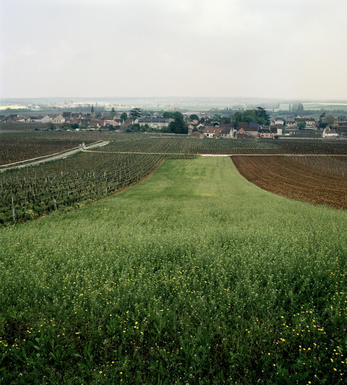
Morey-Saint-Denis
Morey is sometimes ignored between its two famous neighbours, Chambolle-Musigny and Gevrey-Chambertin, but its wines are of equal class, combining elegance and structure. Morey-St Denis, being that little bit less famous, can often provide excellent value.
The four main Grand Cru vineyards continue in a line from those of Gevrey-Chambertin, with Clos St Denis and Clos de la Roche the most widely available. Clos des Lambrays (almost) and Clos de Tart (entirely) are monopolies of the domains which bear the same names.
Domaine Dujac and Domaine Ponsot also make rare white wines in Morey-St Denis.
- 64 hectares of village Morey-St Denis
- 33 hectares of Premier Cru vineyards (20 in all). Best vineyards include Les Charmes, Les Millandes, Clos de la Bussière, Les Monts Luisants
- 40 hectares of Grand Cru vineyard. Clos de Tart, Clos des Lambrays, Clos de la Roche, Clos St Denis and a tiny part of Bonnes Mares
- Recommended Producers: Dujac, Ponsot, Clos de Tart, Domaine des Lambrays
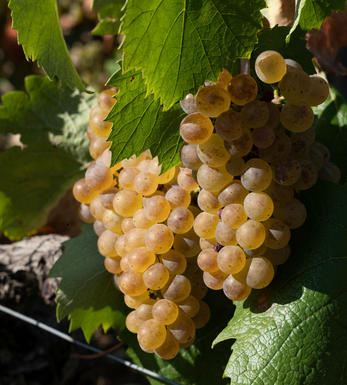
Aligoté
A grape that was first recorded in Burgundy in the 18th century and is still planted almost exclusively there, though there are limited plantings in Bulgaria, Moldavia and even California. It is a moderate-yielding grape that tends to perform best on south-east facing slopes and in warm, dry years.
For your Burgundian vigneron, Aligoté is not nearly as profitable to grow as Chardonnay - consequently it tends to be relegated to lower quality vineyards. In the wrong hands and in the wrong sites it can produce thin, raspingly acidic wines that are remarkably undistinguished. However the best growers produce balanced examples with nutty and citrus hints which are most appealing to drink. The best Aligoté wines traditionally come from Bouzeron in the Côte Chalonnaise. Along with blackcurrant liqueur, it is the key ingredient of Kir.


Buying options
Add to wishlist
wine at a glance
Delivery and quality guarantee